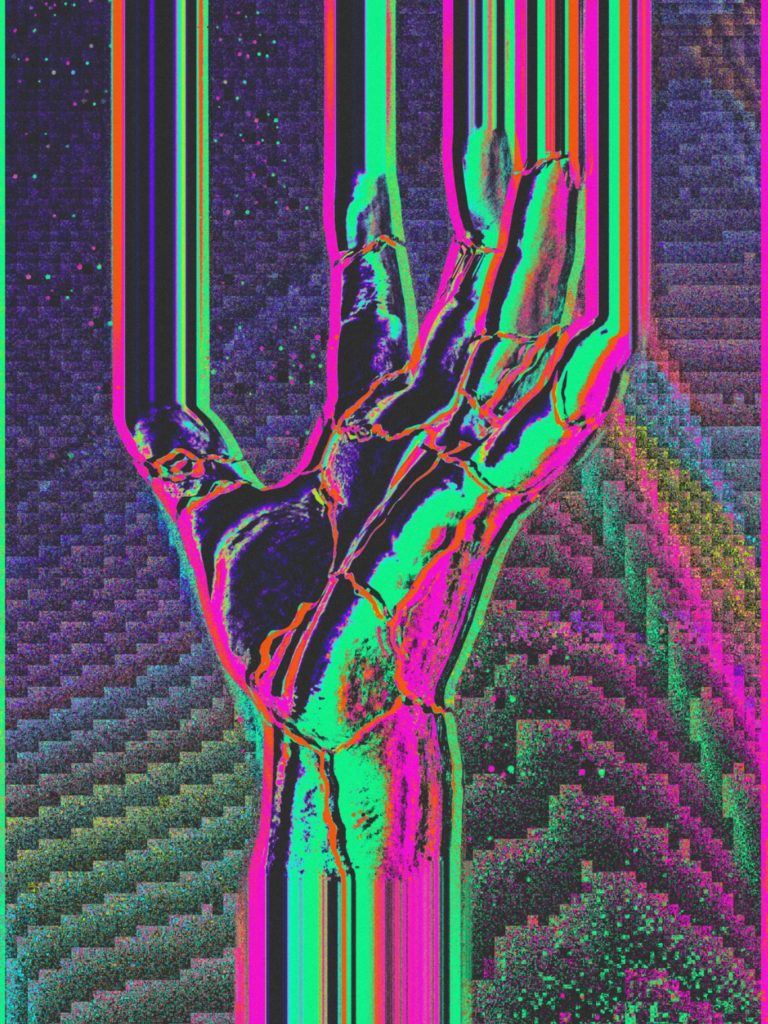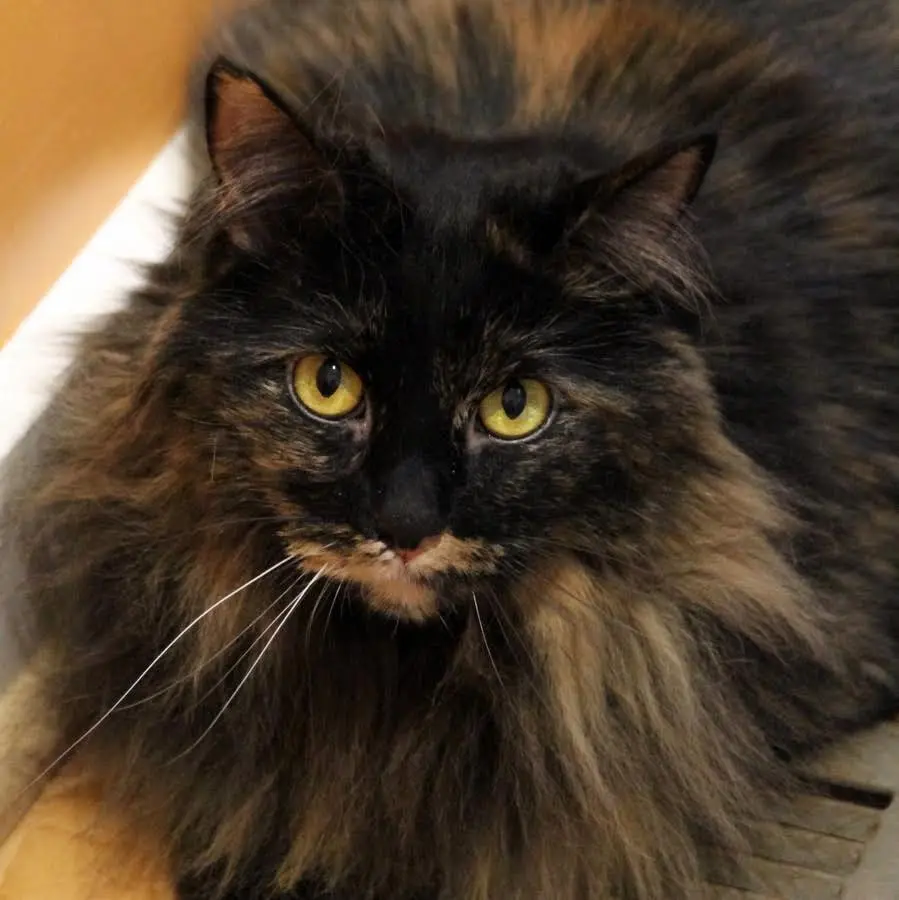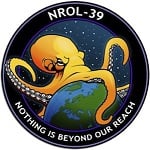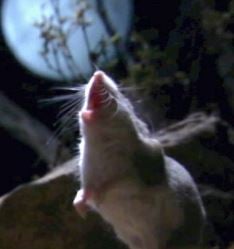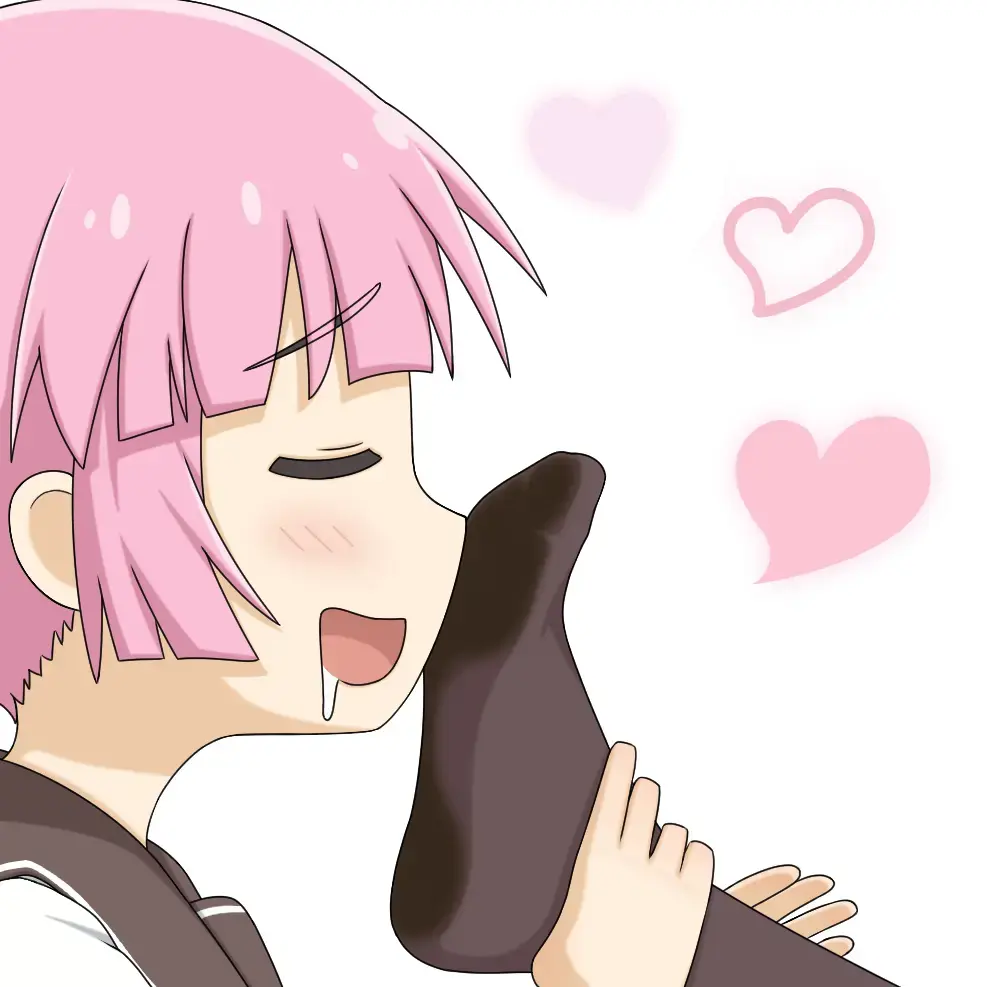
This is the kind of bar of soap I am talking about. It’s kind of a contoured oval.
I know there are copyrights on soap shapes. I’ve read several soap shape patents like Theodore G Brown’s hollow bar of soap designed to contain slivers of old soap and Douglas Lee’s helical soap.
I’ve tried to go through Conopco Inc’s list of patents (the trademark holder for Dove) but I can’t seem to find much. They also own a plethora of other companies though so it’s been challenging to swift through.
On that note I also looked for subsidiaries of Unilever (they own Dove) to see if any of them make similarly shaped bars of soap but it doesn’t seem like it. Brands of soap outside of Unilever such as Irish Spring (owned by Colgate-Palmolive) do sell contoured/“dog bone” soap but I don’t recall seeing any that match Dove’s design.
I did find a book called Chemical Product Design: Towards a Perspective through Case Studies from 2007 and chapter 9 is titled “Design of the Dove Beauty Bar” which sounded promising but it seems to be mostly about the chemical composition and reducing soap scum in bathtubs. This is also apparently one of the theories as to why they are branded as beauty bars instead of soap. The other theory being it was an advertising tactic by David Ogilvy to appeal to women.
Someone on Reddit claims their grandfather invented the shape of Dove soap and posted the original wooden models. They backed up their claims by getting into contact with Unilever. I couldn’t find any useful information in the comments.
I could probably go to a grocery store and see if any other brands have similarly shaped soap and cross reference that with the release of that style of soap by Dove to see if the copyright has lapsed but that would probably mean looking for old advertisements.
For context I was in the shower thinking about different shapes of soap and it made me wonder if that specific design (contoured oval) was originally chosen primarily to either:
A) Minimize the amount of contact on surfaces after being used to limit residue build up and prevent it from becoming stuck to tubs, shower, sinks, and so on.
B) Work better with the human body by maximizing the area that comes into contact with skin and wearing more evenly.
I imagine these days Dove would say both but that feels a bit like saying the stay-on-tabs you find on canned drinks were designed with a hole to hold your straw in place or keep bees out of your drinks during the summer.
All of this made me wondering if there was a patent somewhere and I’ve now spent about two hours looking for it. I don’t really know why I became so invested in this. I suspect there’s going to be a simple answer.
A shape can not be copywrited. Copyright is for written, filmed, or musical work, as well at its derivatives.
Shapes can be trademarked, but an oval is not trademarkable because it is a very generic shape.
Why isn’t more soap oval? Economics. It’s far more expensive to mold mass-market soap in round shapes. It’s dramatically cheaper to make it square.
Dove is marketed as a luxury product, so they can charge more and recover the extra cost of production.
Copyright is for written, filmed, or musical work, as well at its derivatives.
It’s a little bit more than that. There are 8 categories:
- literary works;
- musical works, including any accompanying words;
- dramatic works, including any accompanying music;
- pantomimes and choreographic works;
- pictorial, graphic, and sculptural works;
- motion pictures and other audiovisual works;
- sound recordings; and
- architectural works.
Sculpture is a type of visual work that can be copyrighted. So are architectural works. Not that a bar of soap would likely qualify as a sculpture, but there are 3 dimensional shapes that can be copyrighted.
Shapes can be trademarked, but an oval is not trademarkable because it is a very generic shape.
If it’s not already in common use when trademarked, even simple shapes can be trademarked. Simple colors can be trademarked as well: UPS trademarked its shade of brown, Tiffany has trademarked its shade of blue. Specific design elements can be trademarked as well, like the recognizable Burberry check pattern, the iconic glass bottle shape of Coca Cola, etc.
And the Dove soap bar shape isn’t just a generic oval. It’s a precise 3 dimensional shape, with a raised center and a gradual taper to the vertical edges all around.
I couldn’t find a registered trademark, but the shape is distinctive enough that they probably would be able to trademark it if they wanted to (or even enforce an unregistered trademark in that shape, at least in the U.S.).
The real question is, why isn’t it shaped like a dove?
Thanks for the reply.
Why isn’t more soap oval? Economics. It’s far more expensive to mold mass-market soap in round shapes. It’s dramatically cheaper to make it square.
Would it really be that expensive?
From my understanding soap is usually pushed into some kind of oval plate to be trimmed before being pushed again into a press that shapes and stamps it simultaneously. If a company already needed a custom mold for a stamped label would the shape make much of a difference? Other than that I think the only alteration would be the plate the soap is pushed through. At a large scale the expenses related to not being able to use more common parts might add up I guess.
This does make me wonder how diverse large scale soap manufacturing equipment is. Maybe there is an industry-standard bar of soap and I’ve never noticed how similar different bars of soap are in shape to each other.
You’d be losing a lot of extra product to the trimming that way – or you’d maybe have to use individual molds for each bar. With a rectangular shape, you can pour the soap into slabs and then cut everything exactly to size with very little wastage.
I found a video showing the process (you can skip to about 3:30): https://youtu.be/TvIBzCIwpLM
Soap is extremely moldable and formable, which makes it reformable too. All the scraps can EASILY be reused without loss of quality. You can do the same at home— shred the soap ob a cheese grater or food processor, melt it in a cooking pot on the stove, pour it into the mold of your choice, pull it out and you have soap of the same quality as before in a new shape.
It still costs more if you have significant scraps as that product is essentially processed twice. Even a half cent of extra cost per thousand bars gets significant.
I wonder if they would reuse the scraps similar to how Lego reuses defective bricks
100% sure they do. It would be silly not to.
Maybe transportation ? You pack more soap in a truck if they’re rectangular.
I believe they are sold in the same size box as any other soap so I don’t think transportation would really matter.
Well, then you have less of it in the box, which means the price per lbs/kg is greater.
I don’t think the shape of a bar of soap is copyrightable.
If it is a functional design, like about a decade ago I saw an ad for a system of soap where, as the bar wears down, you snap it into a new bar that has a recess in the top so you never have a small sliver of soap. That could be granted a utility patent that would expire in 20 years.
For an aesthetic or branding design, it’s possible you could take out a utility patent.
My parents used Dove soap when I was a kid; the shape was like an inch and a half thick pringle. This shape doesn’t pack efficiently; they could nest vertically but they were usually packed in rectangular cardboard boxes with a lot of space in them. Dial soap, I’ve noticed, tries to do something similar by making a roughly rectangular bar with semi-circular hollows, one running along the bar and one across. Other than making it tend to do thin in the middle and break in half this doesn’t achieve much.
Dove and Caress bars are pretty similar in shape, both are shaped like obese Pringles.
Even without copyright/trademark/branding kinds of protections a lot of companies don’t want to be confused with others and try to have their own unique style. The ones that do are likely going to be at the dollar store, and when I checked just now it looks like they sell Dove bars at the dollar stores so there doesn’t appear to be room on the shelves for a Dove knockoff even there.
Do you maybe mean a formula patent or trademark instead of a copyright?
He’s asking about the shape so utility
I don’t know, but I do know copyright and patent are two different kinds of protection, so it might be useful to look into how you think the shape would be protected.
Copyright would be for a creative work, and the enforcement by the right holder is allowed to be loose in selectively pursuing violators without losing protections.
Patent is for useful inventions or designs rather than expressive works. Skimming the Theodore G Brown soap, it seems much more involved than a simple shape and I can see why it was able to be patented.
After apples patent on the square I wouldn’t be surprised if they had something. But would probably fold under legal scrutiny.
As others have said, it’s important to distinguish different types of intellectual property laws. A patent is protection for a process or mechanism, which doesn’t apply to the shape of the bar. I doubt that there would have been a patent, because mold-making is an ancient art, and pretty straightforward. It wouldn’t be an innovation to make an oval mold.
A copyright is protection for a tangible recording of an expressive work; writing, music, film, et cetera. It doesn’t apply to goods. It would apply to a designer’s drawing of the shape of the bar, but not the shape, nor the bar itself.
What might apply is a trademark, which is protection for the use of some distinguishing feature to identify a product or brand in the marketplace. Trademarks are supposedly about preventing consumer confusion about whom they are buying from. They arise from customary use, meaning that a product or service has to be sold with that mark for them to exist. Courts have recognized all sorts of things as trademarks: in addition to logos and names, also color schemes, shapes, even scents.
Thing is, a trademark doesn’t have to be registered with the USPTO to offer protection. Registration just means that the Office has accepted it as a trademark, so that use of it by others is presumptively an infringement. Without registering it, an entity would have to sue to get a court to issue a finding of infringement.
So hypothetically, the shape of a Dove beauty bar could be a trademark, even if it’s not currently registered with the USPTO. However, the prospects aren’t that great, IMO, because oval is a pretty common shape, and Dove distinguishes itself with the prominent bird-shaped logo more than the shape of the bar.
This is also apparently one of the theories as to why they are branded as beauty bars instead of soap. The other theory being it was an advertising tactic by David Ogilvy to appeal to women.
I assumed there was something about the makeup of it that didn’t allow it be legally sold as “soap”. There’s so much of that these days.
I’ve done deep dive on making cosmetics and soap. Dove is not “soap.” Dove Beauty Bar is made with a synthetic detergent (“SYNDET”). True soap needs saponification. So, your theory was correct. :)
Yeah. “Dairy products” and ice cream is an example I feel like more people are aware of.
That was what I was getting at. From what I’ve read online Dove’s use of synthetic detergent and claims of moisturizing are reasons why it can’t be labelled as soap under the FDA
I think that would be covered under a design patent rather than a copyright.
